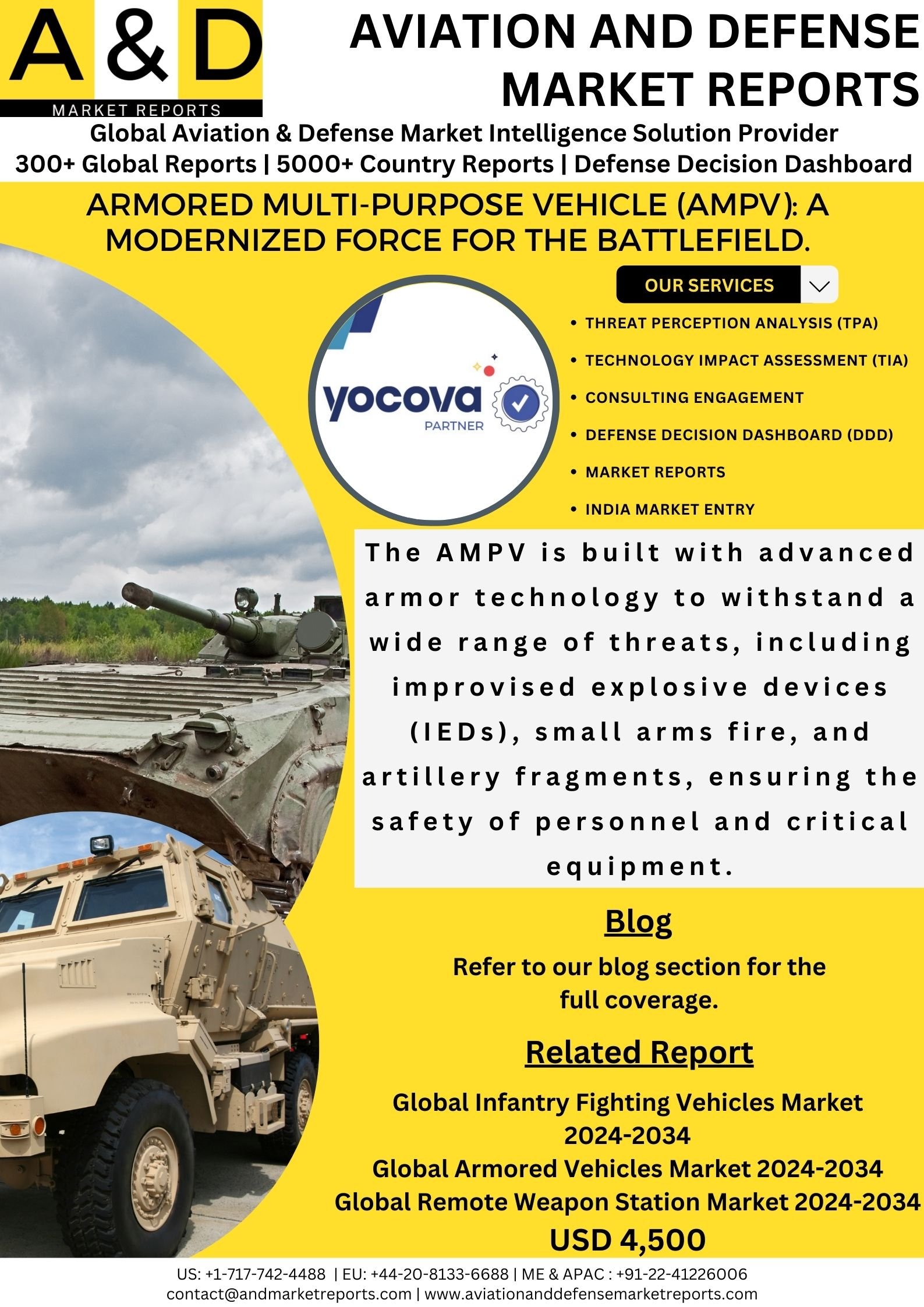Armored Multi-Purpose Vehicle (AMPV): A Modernized Force For The Battlefield
The M113, a workhorse of the Vietnam War era, has served the U.S. Army valiantly for decades. But as technology and battlefield threats evolve, so too must the vehicles be protecting American soldiers. Enter the Armored Multi-Purpose Vehicle (AMPV), a next-generation platform designed to address the shortcomings of the M113 family and provide a leap forward in troop safety, survivability, and mission capability.
From Legacy to Modernity: Replacing the M113
The M113, while instrumental in past conflicts, lacked the armor and firepower to keep pace with modern threats. Recognizing this, the U.S. Army embarked on the Next Generation Combat Vehicle (NGCV) program, with the AMPV emerging as a sub-project specifically focused on replacing the M113 family.
BAE Systems secured the contract in 2014, proposing a turretless variant of the Bradley Fighting Vehicle (BFV) chassis. This offered several advantages: leveraging existing, proven technology for faster development and parts commonality with the BFV within the Armored Brigade Combat Team (ABCT).
A Family of Variants for Diverse Missions
The AMPV program encompasses five distinct variants, each tailored to a specific battlefield role:
General Purpose (GP): The backbone of the AMPV fleet, the GP variant provides secure transport for infantry squads and equipment.
Mortar Carrier (MC): This variant offers dedicated fire support, housing a 120mm mortar system for indirect fire missions.
Mission Command (MC2): Serving as a mobile command post, the MC2 variant provides advanced communication and battle management capabilities for commanders.
Medical Treatment (MT): Designed to provide critical medical care close to the front lines, the MT variant functions as a field hospital on wheels.
Medical Evacuation (MEV): Focused on rapid casualty evacuation, the MEV variant prioritizes swift and safe transport of wounded soldiers to medical facilities.
Designed for Enhanced Soldier Protection
A key focus of the AMPV program is troop safety. The AMPV boasts significantly improved armor protection compared to the M113, offering better defense against ballistic threats, mines, and improvised explosive devices (IEDs). This enhanced survivability translates to a reduced risk of casualties for soldiers on the battlefield.
Beyond Armor: Mobility and Interoperability
The AMPV isn’t just about protection; it also prioritizes mobility and interoperability. The AMPV leverages a powerful engine and advanced suspension system, allowing it to keep pace with the M1 Abrams tank and M2 Bradley Fighting Vehicle on the battlefield. This ensures coordinated movement across the ABCT.
From Prototype to Full-Rate Production: The AMPV Journey
The first AMPV prototype rolled out in December 2016, signifying a significant milestone. After undergoing rigorous testing and evaluation, the program entered low-rate initial production (LRIP) in January 2019. The first production vehicles followed in September 2020.
The success of the LRIP phase paved the way for full-rate production. In August 2023, the U.S. Army awarded BAE Systems a full-rate production contract, ensuring a steady stream of AMPVs for the foreseeable future. Deliveries began in March 2023, with the 1st Armored Brigade Combat Team, 3rd Infantry Division receiving the first batch of vehicles.
The AMPV: A Force Multiplier for the U.S. Army
The AMPV represents a significant leap forward for the U.S. Army. It provides soldiers with a safer, more capable platform to execute diverse missions on the battlefield. With its various variants, the AMPV family offers flexibility and adaptability, catering to a wide range of operational needs.
The AMPV program also signifies the U.S. Army’s commitment to modernization. By continuously upgrading its equipment, the Army ensures its soldiers have the best possible tools to defend the nation and its allies.
The AMPV differs from traditional Infantry Fighting Vehicles (IFVs) in several key aspects:
Focus on Troop Transport: Unlike classic IFVs that prioritize a balance between troop transport and firepower, the AMPV leans heavily towards troop safety and transportation. It lacks a dedicated turret for a main gun, freeing up space for a larger infantry compartment and potentially additional armor.
Variant Specialization: The AMPV program offers a family of specialized variants – Mortar Carrier, Medical Treatment, Medical Evacuation, and Mission Command – catering to specific battlefield roles. Traditional IFVs are typically designed as one-size-fits-all platforms.
Cost-Effectiveness and Development Speed: The AMPV leverages the existing Bradley Fighting Vehicle chassis, reducing development costs and expediting the program timeline compared to building an entirely new IFV from scratch.
Focus on Survivability: The AMPV boasts significantly improved armor protection compared to most IFVs. This is particularly true against mines and IEDs, a major threat in modern conflicts.
The AMPV’s design ensures it can keep pace with the M1 Abrams tank and M2 Bradley Fighting Vehicle – crucial for coordinated operations within the ABCT. While some IFVs may have comparable speeds, interoperability within specific formations isn’t always a primary design consideration.
The Road Ahead: The Future of the AMPV
As the AMPV enters full-rate production, the focus will shift towards fielding a substantial fleet across the ABCT. Soldier training on the new platform will be crucial to ensure its full potential is realized.
The AMPV program is not static. The platform is designed to accommodate future advancements, allowing for the integration of new technologies and capabilities as they emerge. This ensures the AMPV remains relevant and effective for years to come.
The AMPV stands as a testament to American military innovation. It provides a significant upgrade for the U.S. Army, offering enhanced protection, mobility, and mission capability for soldiers on the battlefield.
Recent Work:-
- Navigating The Future: A Deep Dive Into Guided Missiles
- Enhancing Defense Electronics With Aluminum And Composite Enclosures: The Ultimate Shield
- The Evolution And Impact Of Shoulder-Fired Anti-Aircraft Missiles
- Unveiling The Power Of Isr Drones: Revolutionizing Surveillance And Beyond
- Precision-Guided Munitions: Revolutionizing Warfare With Accuracy
